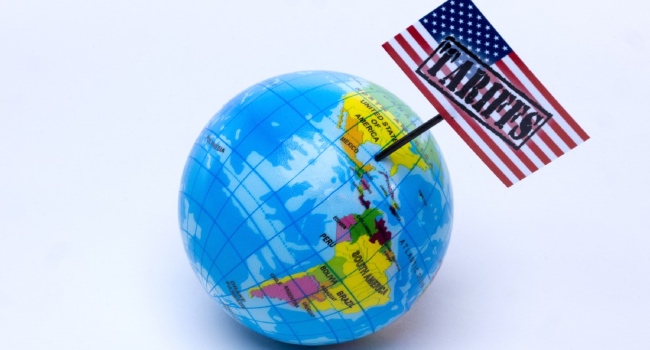The United States implemented sweeping new tariffs on goods from multiple economies this week, escalating President Donald Trump’s aggressive trade agenda and drawing warnings of economic ripple effects. Duties on imports from dozens of nations surged to as high as 41%, with rates varying sharply depending on the trading partner and product category.
Under an executive order signed by Trump last week, tariffs on select goods rose from 10% to between 15% and 41% starting Thursday. Key allies like the European Union, Japan, and South Korea now face a 15% levy on many products, despite earlier negotiations to avoid higher charges. India’s tariffs jumped to 25%, set to double in three weeks, while Syria, Myanmar, and Laos saw duties climb to 40–41%. Trump celebrated the move on Truth Social, declaring, “BILLIONS OF DOLLARS IN TARIFFS ARE NOW FLOWING INTO THE UNITED STATES OF AMERICA!”
The tariffs exclude sector-specific imports already under separate measures, such as steel, automobiles, and pharmaceuticals. However, Trump hinted at expanding the policy, announcing plans Wednesday for a 100% duty on semiconductors—though Taiwan’s TSMC, which operates U.S. factories, would be exempt. Industry groups and economists cautioned that smaller businesses could bear the brunt of the levies, while long-term risks include heightened inflation and dampened economic growth.
Georgetown University trade expert Marc Busch noted that a 90-day delay in tariff implementation allowed importers to stockpile goods, temporarily absorbing costs. But with inventories dwindling ahead of seasonal demand, Busch predicts consumers will soon feel the pinch. “With back-to-school shopping just weeks away, this will matter politically,” he told AFP.
Unresolved disputes persist even among nations that struck deals with Washington. Japan and the U.S. remain divided over timelines for reducing auto tariffs, which currently stand at 25% for foreign vehicles. The EU, meanwhile, is lobbying to exempt wine from the levies, citing the sector’s critical role in restaurant profitability. A coalition of U.S. wine industry groups echoed the plea, warning tariffs could destabilize hospitality businesses.
The administration simultaneously broadened its trade offensives, doubling planned tariffs on Indian goods to 50% over New Delhi’s purchases of Russian oil. The policy also threatens penalties on other nations importing Russian energy, a key revenue stream for Moscow’s war efforts. Brazil, too, saw tariffs spike to 50% on items like coffee and beef—a move analysts link to Trump’s support for embattled former leader Jair Bolsonaro, though exemptions for orange juice and aircraft softened the blow.
Legal challenges loom over Trump’s use of emergency powers to enact the tariffs, with cases expected to reach the Supreme Court. As businesses and governments navigate the new landscape, the measures underscore the deepening complexity—and global stakes—of Washington’s trade strategy.
